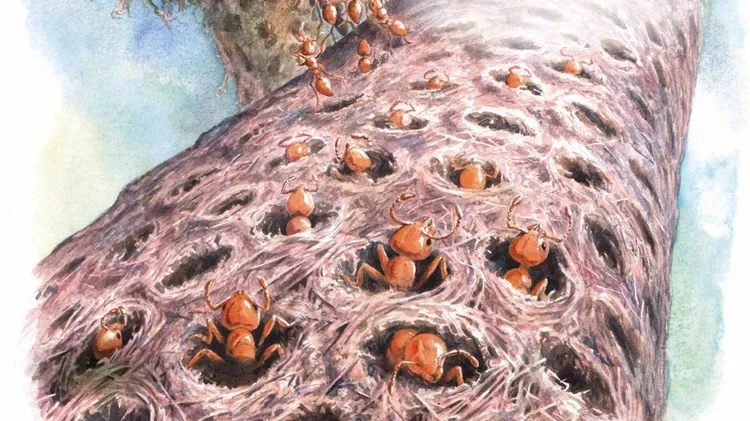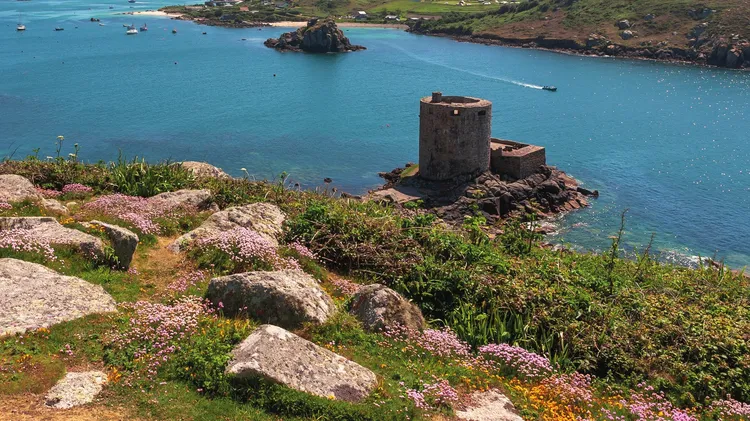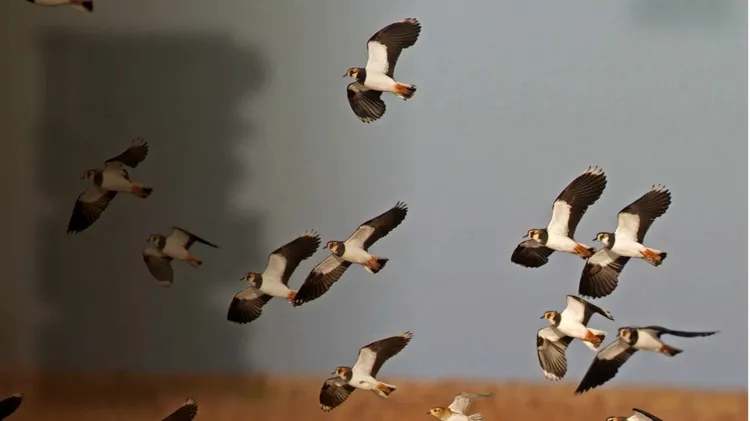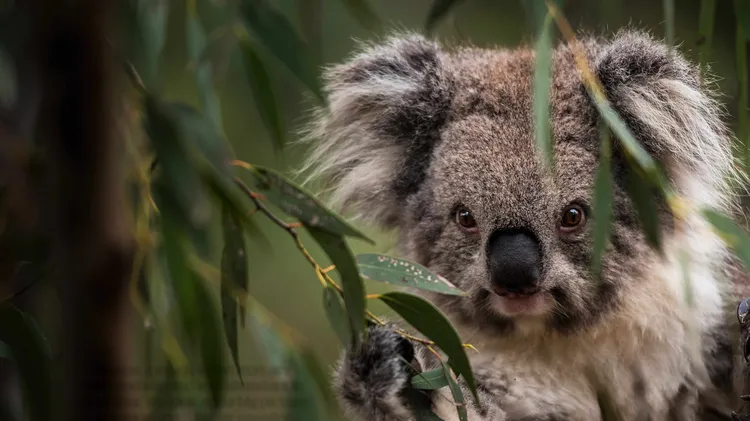NATURE NOTES
Wood ants: mighty armies of the caledonian forests
2 min read
This article is from...
Read this article and 8000+ more magazines and newspapers on Readly






